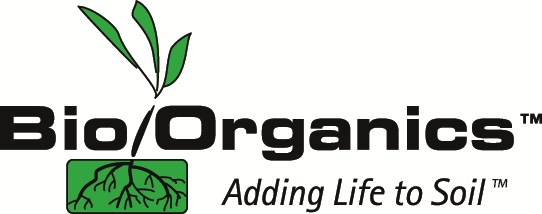News
Getting It Right – from the Start
In my opinion, the one area where biological methods are most lacking is in plant nursery operations. With few exceptions, nurseries still follow old-fashioned, chemically-oriented, direct feeding practices that produce relatively weak plants. Certainly, there is no arguing that regular doses of synthetic NPK fertilizer and fungicides can create rapid seedling growth and prevent some diseases, but such plants are generally not very well equipped to survive after leaving their protected greenhouse and sterile pot environments. Instead, if the potting media in nurseries contained small amounts of active compost with beneficial bacteria, a wide range of valuable natural nutrients would...
Buyer, Beware!
I recently noticed some cute little plastic packets of mycorrhizal inoculant in a garden supply store, and naturally was curious to see what they contained. The label boldly stated that the product had “Both Endo and Ecto Types - 14 in all!”, which of course, would be a desirable thing for landscaping purposes. Some plants, such as oaks and pines, match up with the Ecto type, while most others use Endo types. A blended inoculant increases the odds that at least one type will be effective on any given plant. I also looked at the guaranteed content of active ingredients....
Matchmaker, Matchmaker, Make Me a Match?
QUESTION: Are there specific types of mycorrhizal fungi for specific plants? While there is very much left to be learned about these beneficial fungi, we are of the opinion that they are far more soil-specific than plant-specific. Within a given soil ecosystem, the various plants are generally interlinked by the same type(s) of fungi and become a community, rather than each plant hosting its “own” fungus partner. It has also been observed that many long-term plants will have multiple types of mycorrhizal fungi on their roots during their early seedling stages, and then other types will be present as the...
The “Bio Garden”: A Model For Agriculture
As I was getting my vegetable garden beds ready for this season, it occurred to me that my biology oriented techniques have larger scale applications for growing crops. Here is the routine I followed: 1. My beds laid bare during the winter months, but ideally they would have had a cover of mulch in the form of ground up crop residue, and/or cold hardy cover crop plants. This would have supported and nourished some microbial life and earthworms during the months when no crop roots were actively growing. Also, in early spring, a mulch layer helps the soil retain heat...
Complex Soil Biology Keeps Us Growing “Smart”
An inquiry to BioOrganics recently brought up several aspects of fungi vs bacteria. Differing plants have a greater dependence on fungi and bacteria than others. This fact seems to be due to differing evolutionary patterns. I’m sure it is an oversimplification, but it seems that plants that originated in poorer soils (like tropical rain forests or deserts) have developed a much greater need for association with mycorrhizal fungi than plants from richer glacial and alluvial deposits. I don’t believe biological imbalances can be created in soil over the long run, although there are constant ups and downs between competing organisms....
